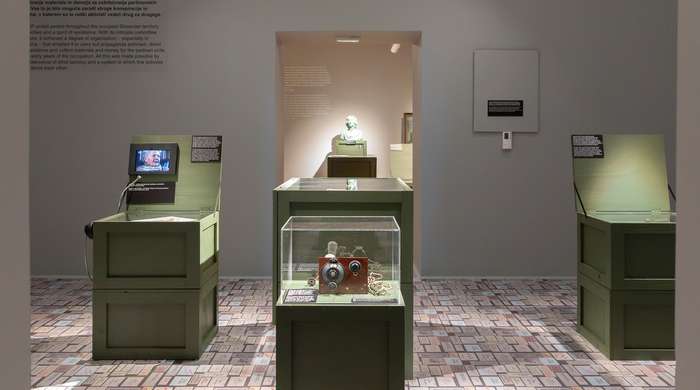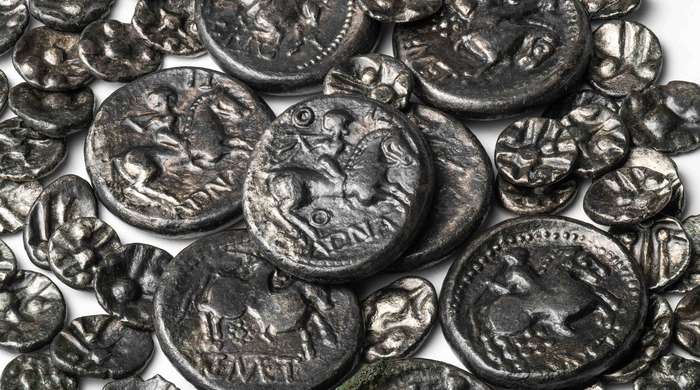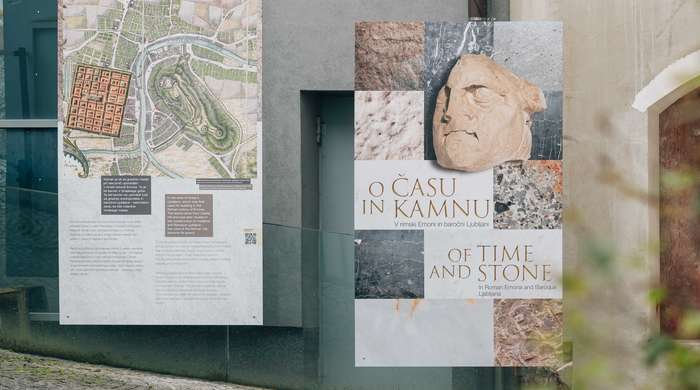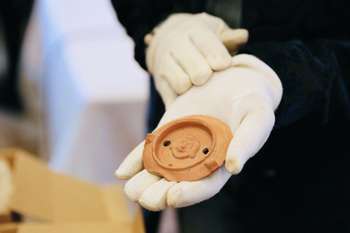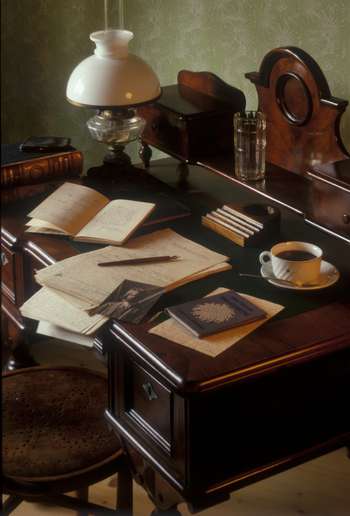Exhibitions
The exhibition, which marks the 80th anniversary of the end of World War II, presents the key events that took place in Ljubljana during the occupation. It highlights the everyday lives of residents during the war, their personal choices, the violence of the occupiers, and the organized resistance. Through individual stories, it reveals the difficult dilemmas people faced in the most challenging times and encourages visitors to reflect on peace, war, and the culture of nonviolence – themes that remain relevant to this day.
In Roman mythology, the destiny of both humans and gods was in the hands of three women known as the Parcae: Nona spun the thread of an individual’s fate, Decima measured it, and Morta ultimately cut it. In accordance with this tradition, possible interpretations are presented below of the life and death of a person from a burial pit uncovered during archaeological investigations conducted in the area of the planned extension of the Janez Levec Centre in Prule between April and November 2025.
With selected photo documents and objects, the exhibition will bring to life the time when the whole world came to life in Ljubljana with cartoons, commercials and film.
The study of stones from the periods of ancient art and architecture and the Baroque.
How well do you know the rich history of Slovenian capital? Pile-dwellers, Emona, Middle and New Ages, the 20th and 21st centuries… what is the history of Ljubljana? Get to know Ljubljana's past - see the chronological presentation of Ljubljana’s millennia of heritage with precious authentic artefacts, like the world's oldest wooden wheel with an axle!
